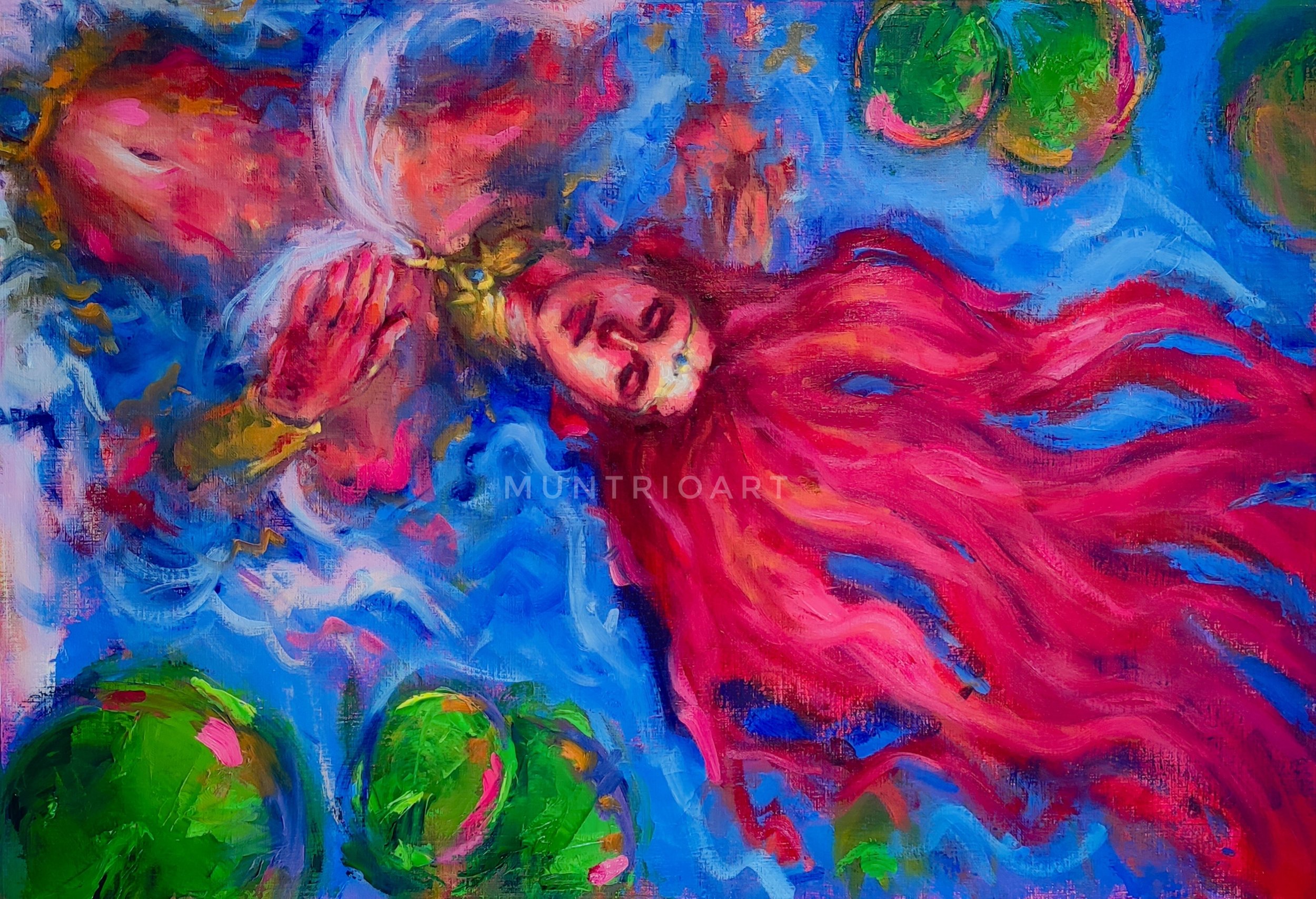maharlika
Long before the world we know today, there was a land not yet called the Philippines, where rivers sang, the trees whispered stories, and the line between myth and daily life was as thin as the morning mist.
This is Lupain ng Maharlika (Land of Maharlika)— a world that could have been, where history and legend danced together in the vibrant hum of everyday life.
Loosely inspired by the Austronesian culture, W.H. Scott’s Barangay, and Philippine folklore; and fueled by my own imagination, this collection offers a glimpse into a world where people lived in harmony with nature and the unseen— where gods and spirits weren’t figures in forgotten tales but everyday companions, as real as the earth beneath your feet.
In the markets of Maharlika, traders haggled over rice, fish, and —yes— piles of gleaming gold, as abundant as the tropical fruits. Just at the edge of things, you might catch a glimpse of a diwata examining the offerings— possibly for a grand feast, or perhaps because even spirits need their daily dose of mangoes. Meanwhile, the sky god casually marks a tree trunk with the lifelines of those he watches over, glancing up as a friend calls out, urging him to join the night dance. There’s the wise babaylan who speaks with spirits as naturally as they speak with their neighbors.
In this world, the people of Maharlika lived closely with the land, the rivers, and the trees. They believed that the world around them had its own way of speaking— a language heard in the rustling leaves, the flowing water, and the whispers of the wind.
Here, gender was a concept as fluid as the rivers themselves. Roles of power and importance weren’t bound by being a man or a woman, but were shaped by one’s abilities and spirit. It wasn’t about who you were, but what you could offer your community.
In this collection, you’ll meet characters, places, and things both familiar and imagined (by me, of course). This is not a precise account of history, but a reimagining of what the pre-colonial Philippines might have been before the 16th century.
Maharlika is a land where the spiritual and the natural walk hand in hand. It’s a place where belief and life intertwined in the markets, on the shores, and in the forests— reminding us that the extraordinary is always a little closer than we thought.

Dayang of the Highlands. Oil on canvas, 55x46cm, Madrid, 2024.

The Fruit Gatherer. Oil on canvas, 60x40cm, Madrid, 2024.

Kawangis ng tubig (Like water). Oil on paper, 60x40cm, Madrid, 2025.

Dance of the Warrior. Oil on canvas, 40x30cm, Madrid, 2023.

The Stars are Blind. Oil on canvas, 61x50cm, Madrid, 2024.
